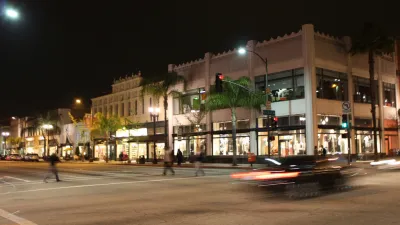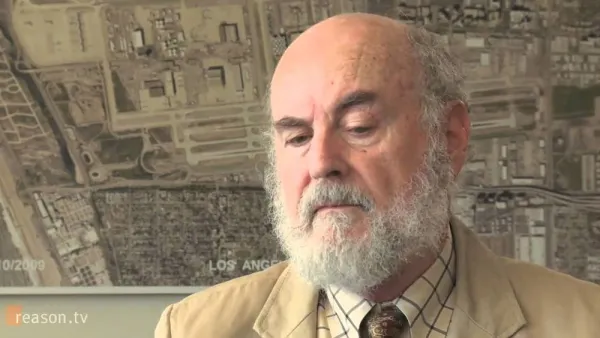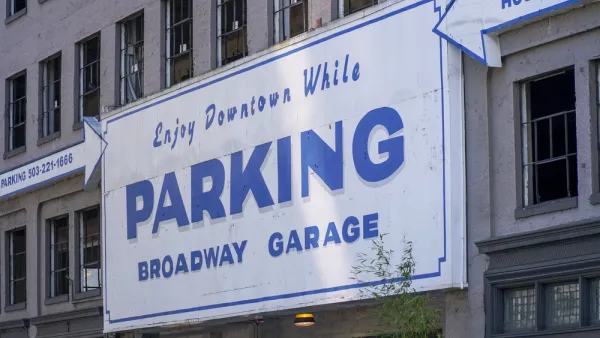The revival of Old Pasadena is one of the truly great urban success stories from the past few decades. The area's comeback was not based on shifting demographics or "political will", writes Colin Marshall, but a less sexy foundation: parking reform.

With its painstakingly preserved historic buildings, crowded streets, and thriving shops and restaurants, Old Pasadena is a model for the type of human-scaled environment that many cities are striving to restore or create. However, the area went through a significant period of decline before reclaiming its former glory.
"A walk through the neighborhood today gives no sense of its sketchy recent past, and people offer a cornucopia of suggestions as to what, exactly, to credit with its thorough revival," notes Marshall. "Shifts in supply and demand, demographic trends, 'political will,' and so on: you can pick the one that best suits your prejudices. For my part, I've heard no more intriguing explanation than the one laid out by UCLA urban planning professor and parking theorist Donald Shoup."
Shoup credits the installation of parking meters, and the decision to dedicate meter revenue to improving the public infrastructure and services in the area, for encouraging building owners to invest in their properties:
They knew the money coming in would come right out the other side and fix their sidewalks, put in new street furniture, put in historic streetlights, put in new street trees, clean up the alleys — just about everything a city can to do fix up the public part of a neighborhood. Once the city had done that, the property owners began to restore their buildings, which didn't make sense beforehand. A lot of new restaurants and stores opened. And Pasadena had $700,000 a year, still, in parking revenue to steam-clean the sidewalks twice a month, to have added police protection, to remove graffiti every night. Now 30,000 or 40,000 people go to Pasadena to walk around every weekend.
FULL STORY: A Los Angeles Primer: Old Pasadena

Analysis: Cybertruck Fatality Rate Far Exceeds That of Ford Pinto
The Tesla Cybertruck was recalled seven times last year.

National Parks Layoffs Will Cause Communities to Lose Billions
Thousands of essential park workers were laid off this week, just before the busy spring break season.

Retro-silient?: America’s First “Eco-burb,” The Woodlands Turns 50
A master-planned community north of Houston offers lessons on green infrastructure and resilient design, but falls short of its founder’s lofty affordability and walkability goals.

Test News Post 1
This is a summary

Analysis: Cybertruck Fatality Rate Far Exceeds That of Ford Pinto
The Tesla Cybertruck was recalled seven times last year.

Test News Headline 46
Test for the image on the front page.
Urban Design for Planners 1: Software Tools
This six-course series explores essential urban design concepts using open source software and equips planners with the tools they need to participate fully in the urban design process.
Planning for Universal Design
Learn the tools for implementing Universal Design in planning regulations.
EMC Planning Group, Inc.
Planetizen
Planetizen
Mpact (formerly Rail~Volution)
Great Falls Development Authority, Inc.
HUDs Office of Policy Development and Research
NYU Wagner Graduate School of Public Service




























